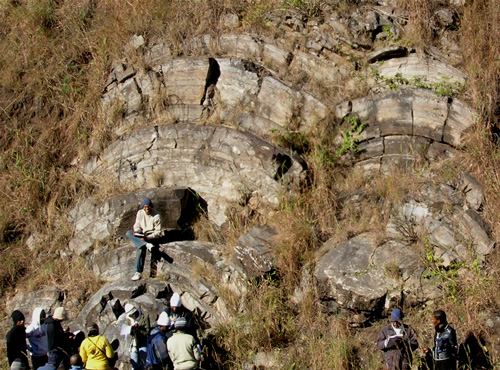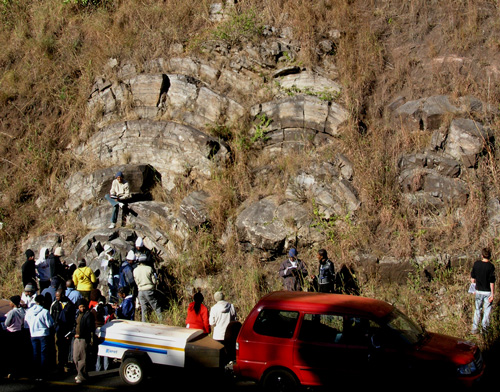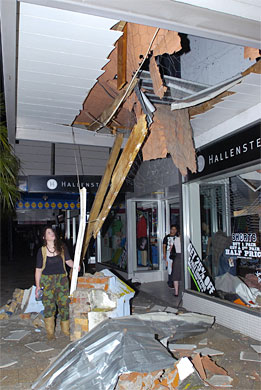There’s geovandalism – and then there’s sheer f***ing insanity.
Thousands of pre-dinosaur fossils are scattered in the rocks of the Guryul ravine, rated by geologists as the world’s premier site for the study of species from the Permian period (299-251 million years before our time).
These species, felled by the greatest mass extinction ever, are being wiped out a second time.
The most fossil-rich stretch, a little over one square kilometre, houses five quarries, two of them operating now. A large part of the extractions is supplied to cement factory owners at nearby Khunmoh.
Not only is this apparently one of the more complete stratigraphic sections across the Permian-Triassic boundary, but it’s location in Kashmir means that it hasn’t actually been studied particularly well. And they’re turning it into cement. Cement! Words actually fail me. Polite ones, anyway.






Nice plan for content warnings on Mastodon and the Fediverse. Now you need a Mastodon/Fediverse button on this blog.